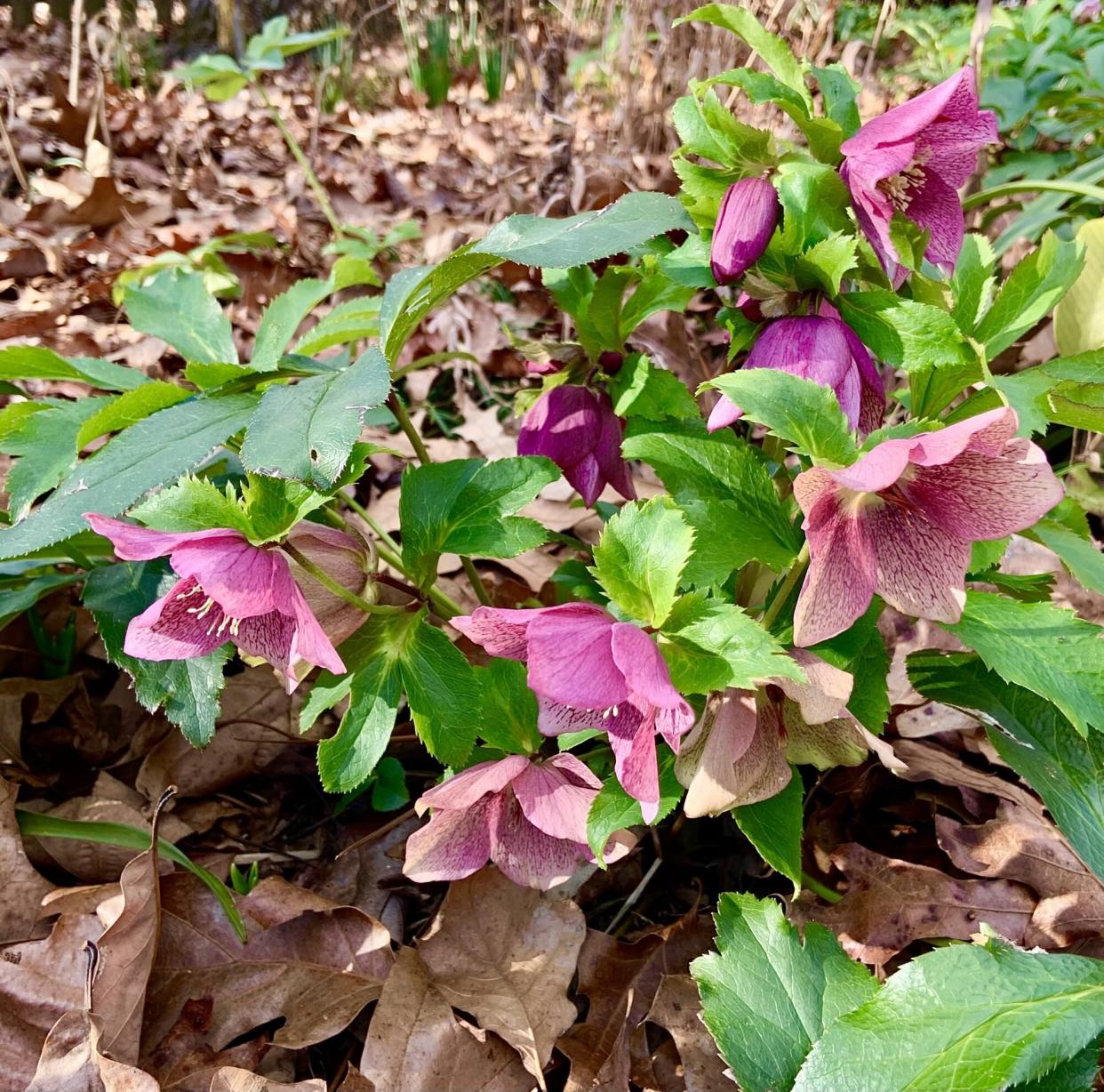Flowers in the Storm

Steve Bender
It struck by all accounts just after 10:30 last night in this, the last week of January. A violent tornado suddenly dropped from the cloud near Fultondale, Alabama, just north of Birmingham, and plowed its way through Center Point about seven miles away. There was no warning. No sirens. No weather radio alerts. No television meteorologist barking, "You need to get to your safe place NOW."
In Fultondale, the twister ripped off the front of a Hampton Inn where travelers were sleeping. One man recalls that after the power went off and his windows blew in, he used the flashlight on his smart phone to find his pants so he could escape the wreckage in dignity without offending onlookers. In Alabama, we think about things like that.
They say the tornado might have been an EF-2 or EF-3 with winds up to 140 MPH. Experts are still assessing. One person died when his house caved into the basement where he was hiding. Two others barely dodged death when they fled their bedroom just before a wooden beam javelined through the wall and speared the middle of their bed. Dozens of homes lie smashed, all in mere minutes in the dark.
Thank God, it wasn't an EF-4 or an EF-5. When an EF-4 (winds above 165 MPH) roars through, it leaves little but rubble piles in its wake. An EF-5 (200 MPH+), like the infamous one that destroyed Jarrell, Texas on May 27, 1997, often leaves less. It pulverizes everything and sweeps slabs clean, sucking up roofs, walls, vehicles, trees, pets, chairs, anvils, rocks, and water in swimming pools into its funnel like a malevolent Titan inhaling a puff of dust. Nothing left to see here, folks.
People like you who've been stuck inside their houses for the better part of a year because of COVID now need new places in which to be stuck. I imagine them turning their eyes to the heavens in disbelief and asking, "You mean COVID wasn't enough?"
But fickle weather is what we face every winter in the South. On Monday morning, we might turn on the heat. On Monday afternoon, we switch on the AC. This and spring are stormy times, and we feel the weight of unpredictability. We joke about it with friends a lot, as if to ease the burden by sharing. We know that for every delightfully mild winter picnic we sneak in, we may pay the price in lightning, black ice, flash floods, and bulldozers of wind.
Judy and I live 16 miles south of Fultondale. We knew nothing of the tornado until we read about it on Facebook the next morning. We'd had a phenomenally scary lightning show some hours earlier, but no damage. For us, the chamber in the Russian roulette gun was empty.
What, then, do I say to the victims in Fultondale and Center Point? What will really matter? Pondering this, I walk out into my garden, picking up sticks, poking mindlessly around, when there it is. The unseasonably warm weather that spawned the tornado has awakened my hellebores. Their nodding blossoms of burgundy, rose, and white have pushed up through the oak leaves in my woodland and are feeding the bees.
Life and beauty, however small and unannounced, go on in the worst of times. And so my wish for my stricken neighbors up north is that as you rummage through the debris you call home, you will spy a refuge where a spared flower blooms and, in that, find hope in the days ahead.

